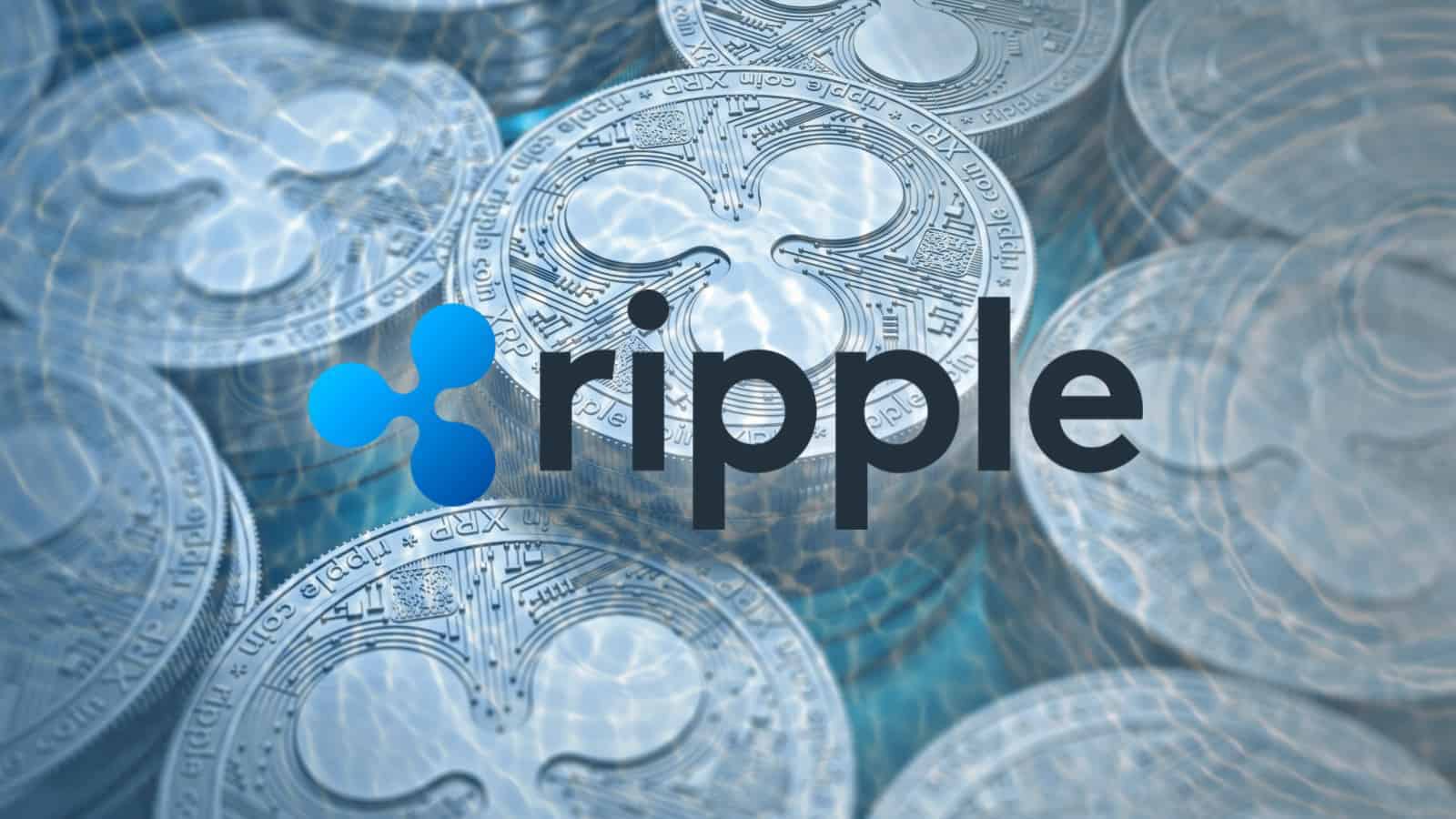Ripple’s Business Model and Use Cases: Ripple Xrp

Ripple, a leading blockchain technology company, has carved a unique niche in the financial services landscape with its innovative solutions for cross-border payments and liquidity management. Its business model centers around providing a robust network and technology infrastructure for financial institutions to streamline their transactions, leveraging the power of blockchain technology.
Target Customers and Revenue Streams
Ripple’s primary target customers are financial institutions, including banks, payment providers, and money transfer companies. Ripple offers a suite of products and services designed to meet their specific needs. These include:
- RippleNet: A global network of financial institutions that use Ripple’s technology to facilitate cross-border payments. RippleNet provides a platform for banks to connect, send, and receive payments in real-time, reducing costs and improving efficiency.
- xRapid: A solution that allows financial institutions to use XRP, Ripple’s native cryptocurrency, for cross-border payments. xRapid provides liquidity management capabilities, enabling banks to hold XRP in their reserves and access liquidity on demand.
- xCurrent: A software solution that facilitates real-time payments and settlements between financial institutions. xCurrent enables banks to track and manage payments seamlessly, regardless of their location.
Ripple generates revenue through various sources, including:
- Transaction Fees: Ripple charges transaction fees for using its network and services. These fees are typically based on the value of the transaction.
- Software Licenses: Ripple sells software licenses to financial institutions for its xCurrent and xRapid solutions.
- Consulting Services: Ripple provides consulting services to help financial institutions implement its technology and integrate it into their existing systems.
Use Cases of Ripple and XRP, Ripple xrp
Ripple and XRP have numerous use cases across various industries, including:
- Cross-Border Payments: Ripple’s technology enables faster, cheaper, and more transparent cross-border payments. By leveraging blockchain technology, Ripple eliminates the need for intermediaries and reduces processing times, making it a cost-effective solution for financial institutions.
- Liquidity Management: XRP can be used to manage liquidity for financial institutions, allowing them to access funds in different currencies quickly and efficiently. This can be particularly beneficial for banks operating in multiple jurisdictions, where currency fluctuations can impact their operations.
- Micropayments: Ripple’s technology can be used to facilitate micropayments, enabling businesses to process small payments efficiently. This has potential applications in areas such as content distribution, online gaming, and the Internet of Things (IoT).
- Trade Finance: Ripple’s technology can streamline trade finance processes, reducing the time and cost associated with issuing letters of credit and other trade documents. By providing a secure and transparent platform for transactions, Ripple can help businesses reduce fraud and improve efficiency.
- Remittances: Ripple’s technology can be used to send remittances, enabling people to send money to their loved ones overseas quickly and cheaply. This can be particularly beneficial for people living in developing countries, where traditional remittance services can be expensive and time-consuming.
Real-World Implementations
Several financial institutions and businesses have implemented Ripple’s technology to streamline their operations and improve their services.
- MoneyGram: A leading global money transfer company, MoneyGram partnered with Ripple to leverage xRapid for cross-border payments. This partnership allows MoneyGram to offer faster and cheaper remittance services to its customers.
- Santander: A major Spanish bank, Santander implemented Ripple’s technology to facilitate cross-border payments between its branches in the United Kingdom and Spain. This partnership enabled Santander to reduce processing times and costs for its customers.
- American Express: A global financial services company, American Express partnered with Ripple to explore the use of XRP for cross-border payments. This partnership aims to leverage XRP’s liquidity management capabilities to improve efficiency and reduce costs for American Express customers.
Benefits and Challenges of Using Ripple and XRP
Using Ripple and XRP for financial transactions offers several potential benefits:
- Faster Transaction Speeds: Ripple’s network can process transactions in seconds, significantly faster than traditional payment systems.
- Lower Transaction Costs: Ripple’s technology can reduce transaction costs by eliminating intermediaries and streamlining processes.
- Increased Transparency: All transactions on Ripple’s network are recorded on a public ledger, making them transparent and auditable.
- Improved Security: Ripple’s network uses advanced cryptographic techniques to ensure the security of transactions.
- Global Reach: Ripple’s network connects financial institutions around the world, enabling seamless cross-border payments.
However, there are also some challenges associated with using Ripple and XRP:
- Regulatory Uncertainty: The regulatory landscape for cryptocurrencies is still evolving, and there is uncertainty about how Ripple and XRP will be regulated in the future.
- Volatility: XRP is a cryptocurrency, and its price can fluctuate significantly, which can create uncertainty for businesses using it for payments.
- Adoption: For Ripple and XRP to become widely adopted, more financial institutions need to adopt its technology and integrate it into their systems.
Ripple XRP has been making headlines lately, with its potential to revolutionize cross-border payments. While the future of the cryptocurrency remains uncertain, its impact on the financial world is undeniable. The same could be said for Governor Minnesota Tim Walz , who has navigated the state through turbulent times.
Both XRP and Walz have faced their share of challenges, but their resilience and commitment to innovation are key to their success.
Ripple XRP, a cryptocurrency designed for fast and efficient cross-border payments, is often compared to the traditional financial system. Just as the elegant design of a hickory chair console table can enhance the beauty of a room, Ripple XRP aims to improve the efficiency and accessibility of global transactions.
While traditional systems may be slow and cumbersome, Ripple XRP offers a more streamlined and modern approach, just as a console table can provide a practical and stylish focal point in a living space.
